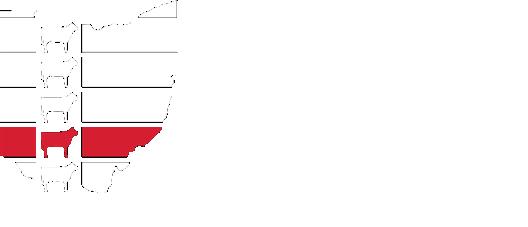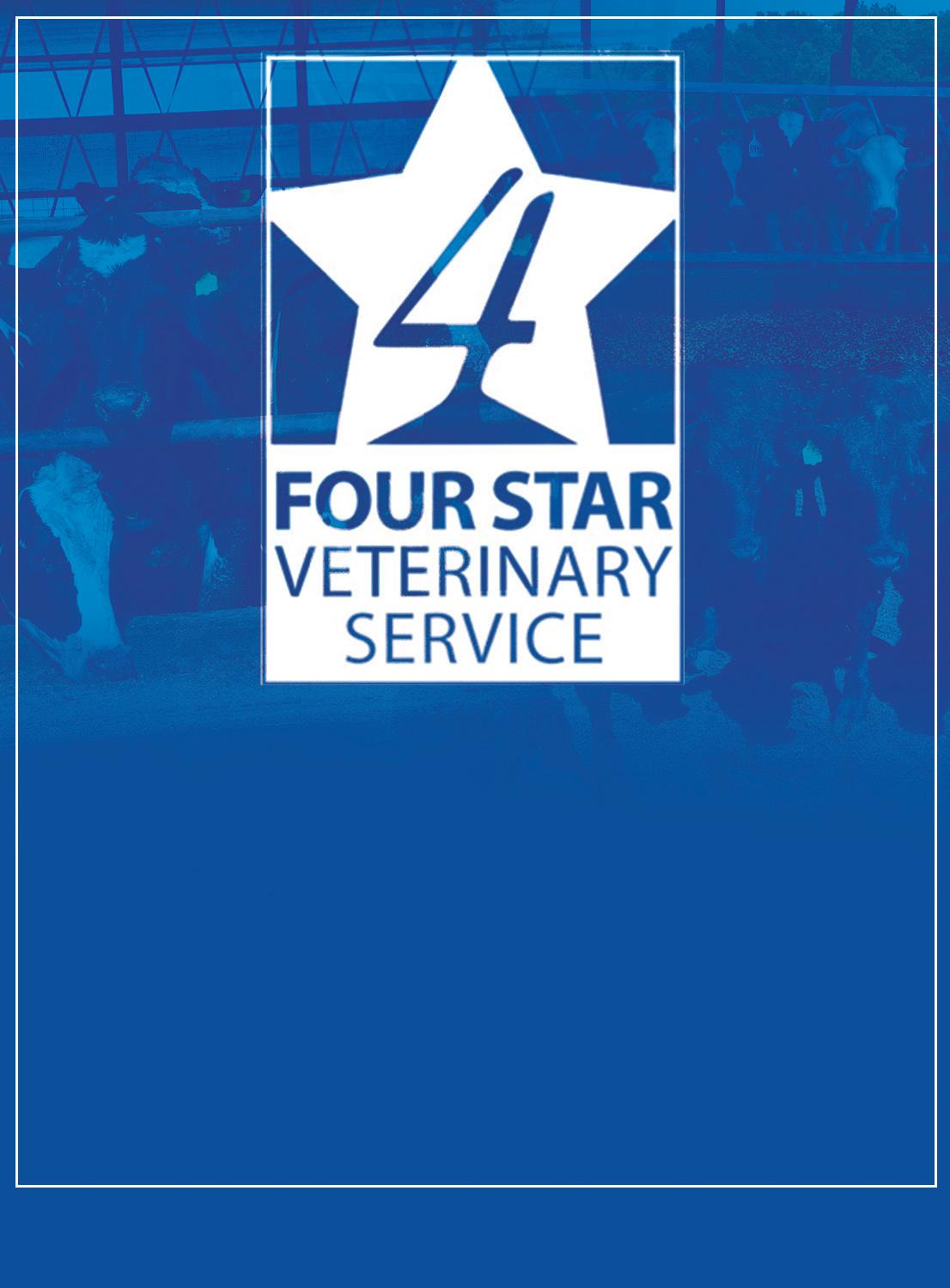
3 minute read
FORAGE FOCUS Winter pasture management
By Jordan Penrose, OSU Extension Educator, Gallia County
Here in Ohio, winter can vary from one part of the state to the other. If I were to ask you, what are a couple things that we can think of as farmers that comes along with winter? Answers will probably be similar like cold and snow, but another one is likely mud.
Advertisement
In early November you may have thought some mud would be nice because of how dry the fall was. But nevertheless, when it gets cold out and the temperature is hanging around freezing, are you really wanting to deal with mud?
Last year on my family’s farm, we were fortunate that the ground remained frozen for much of the winter. Our pasture management made feeding cattle easier compared to other years. As we get closer to winter, we may get a better handle on what mother nature is going to throw at us, but it is almost impossible to predict what will come our way in terms of the weather. So, what do we do to prepare for winter when it is so hard to predict what mother nature is going to give us? You can come up with a few different plans that may be useful to you. Every farm is going to be different in the way they can handle their pastures for the winter.
One of the first things that should be considered is what are you going to feed during the course of the winter. The reason you should look at this first, is you may have some alternative options like corn stocks, hayfields, or stockpiled pastures that you can feed to your livestock compared to the most common options of hay, haylage, or silage. Feeding livestock corn stocks and grazing hayfields may be a little harder because most corn fields and hayfields may not be fenced but temporary fence can be installed rather quickly. Corn stocks are a nice option for feed because you have all that material that is out in the field just lying there.
For hayfields, if the weather is in your favor it could be a nice option as well because most hayfields will probably have had some sort of growth to them after your last cutting but be aware of “pugging” the ground from hoof action. These two options are nice if you have the resources to do it, especially if you had to start feeding hay earlier than expected.
As for the last alternative option, stockpiled pastures are probably the most common one that livestock farmers hear about or do. When it comes to stockpiling it is relatively simple practice that can be done although the fall we had this year, probably finds the fields not stockpiled like other years. We have more than likely quite a few fields already grazed due to the dry fall.
When it come to the feeding in the winter, a lot of your pasture management is going to be based off the fact of feed location. Stockpiled pastures are more than likely going to be the easiest feed to get to your livestock, because most likely those fields are already fenced in and near the livestock. Hayfields and corn stocks may be a little harder, because of where they could be located compared to the primary location of livestock and the possibility of those fields not being fenced in.
Another factor you may need to consider for winter pasture management is erosion. One of the big things that can lead to erosion is everyone’s favorite thing, mud. The precipitation that we receive in Ohio in a typical winter can take a toll on a pasture with the snow, rain, freezing, and unfreezing.
An article from Iowa State University Extension and Outreach “Winter grazing and pasture erosion” explains the best overall erosion management for pasture is to establish and maintain a good sod cover and residual turf. Extended and close grazing and high animal traffic generally lead to weakened plants, thinner sod cover, and the potential for surface erosion, particularly on sloping sites.
What are a couple ways to avoid erosion happening to pastures? One option is to install a heavy use pad where you can feed your livestock when the conditions for your pastures are bad such as the ground being saturated and unfrozen. Another option could be reducing the stocking density because the more area livestock have access to, the less damage they may do to the field. You can have it so they can move around a little more and not just stay in one spot for long periods of time. Have it in one area and water in another area and mineral in another spot so they will move around more.
One thing that could be more of a last resort if conditions are bad and you are not able to do anything like using a heavy use pad or reducing stocking density is to designate an area to be a sacrifice lot. A sacrifice lot is an area where you put your livestock for the duration of the poor conditions. This area should be an area that is relatively easy to get feed to, an area that does not have much slope to it to minimize erosion, and an area that can easily be reseeded if it gets completely torn up by the livestock.
With careful planning and use of one or more of these options, your pastures can make it through the winter and hopefully come back strong for spring grazing.
















